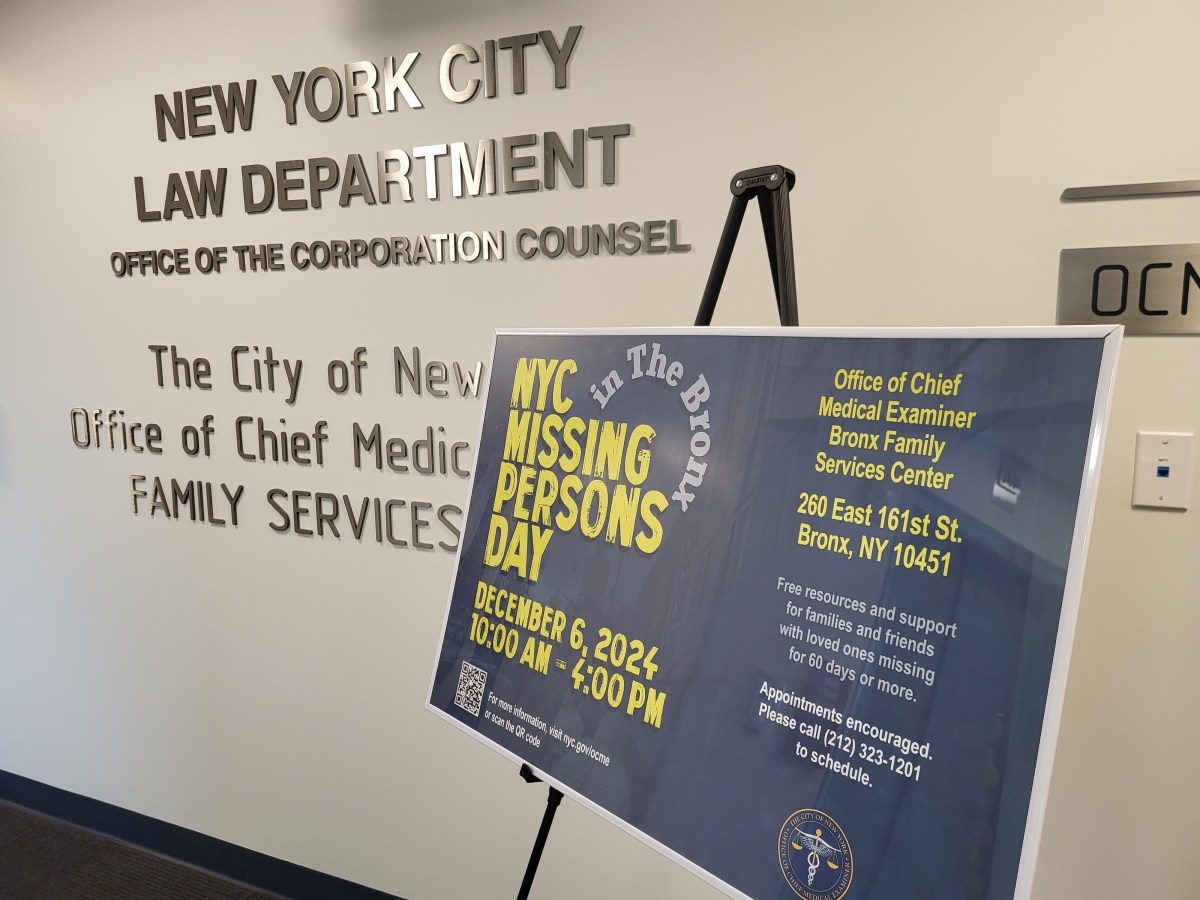After a punishing ride over the rugged terrain of New York City, Citi Bike is doggedly pedaling into its second year.
We’re pleased it survived year one.
But if Citi Bike wants to flourish and grow as a force of basic change on our frantic streets, operator Alta Bike Share of Portland, Oregon, and Mayor Bill de Blasio must make the nation’s largest bike-share program fiscally fit.
Most New Yorkers want Citi Bike to succeed.
But the program at the moment offers about 6,000 bikes at 330 stations in parts of two boroughs only — Manhattan below 59th Street and sections of western Brooklyn.
That’s not nearly enough to meet the growing demand.
Already 104,000 annual members have signed up for the program and 426,000 people have bought daily or weekly passes. Citi Bike has provided nearly 9 million rides. Now City Council members and local activists are clamoring for bike stations throughout all boroughs.
Unfortunately, while demand grows and the peak summer season approaches, even last year’s plans to bring the program to Greenpoint and Williamsburg — along with western Queens — are on hold.
That’s because Alta has spent much of the last 12 months wrestling with a flurry of operational and financial crises. Citi Bike racks were plagued with software glitches, critics say, and program administrators found it hard to stock thousands of bicycles in the right places at the right times in the complex New York market.
An unusually harsh winter didn’t help, either.
De Blasio has wisely resisted calls for an immediate Citi Bike bailout. He wants to fix the program’s operational problems before even thinking about subsidies.
The original bike-share scenario — formulated by Mayor Michael Bloomberg — saw the program working without subsidies. We hope it stays that way. Given the strong demand, the program should ultimately turn a profit.
The city and Alta are looking for a solution. One reasonable possibility is a fee hike — especially for the $95 annual subscription. No one likes price increases — but New York needs to keep this program rolling.



































